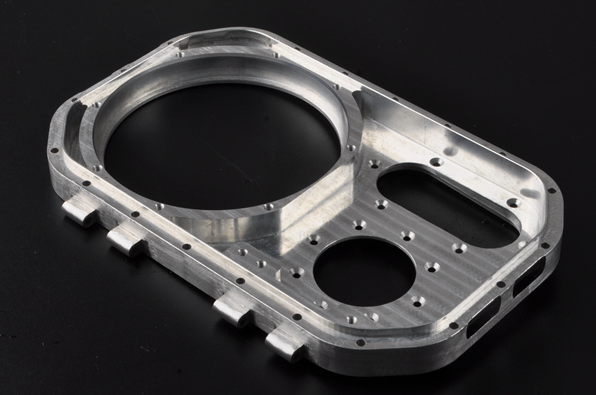- Dec 23, 2023
Forging processing plays a crucial role in enhancing the performance of various parts. By subjecting materials to intense pressure and controlled shaping, forging can yield components with superior mechanical properties. This article explores the wide-ranging benefits of forging processing, highlighting its capacity to improve part performance through enhanced strength, increased durability, superior reliability, optimized microstructure, enhanced metallurgical properties, reduced material waste, and minimized costs.
1. Strengthening Components through Forging
Forging is renowned for its ability to significantly enhance the strength of parts. The intense pressure applied during forging compacts the structure of the material, resulting in a refined grain structure and improved mechanical properties. This increased strength allows components to withstand higher loads and prolonged usage without the risk of failure.
2. Durability: Forging Prolongs the Lifespan of Parts
One of the major advantages of forging processing is its ability to improve the durability of components. Through the controlled deformation and realignment of the material's molecular structure, forging enhances its resistance to fatigue, wear, and impact. The resulting parts exhibit increased lifespan, reduced maintenance requirements, and enhanced performance in demanding working environments.
3. Reliability: Ensuring Consistent Performance
Forging processing contributes to the reliability of parts by eliminating weak points and enhancing the overall integrity of the component. The reduction of porosity and the elimination of internal defects result in parts with improved structural integrity, ensuring consistent performance under varying operating conditions.
4. Optimizing Microstructure for Enhanced Performance
Forging enables precise control over the microstructure of materials, ultimately enhancing the performance of parts. The desired microstructure is achieved by carefully manipulating the temperature and pressure during the forging process, leading to components with superior toughness, hardness, and resistance to corrosion.
5. Enhancing Metallurgical Properties
Forging processing promotes desirable metallurgical properties within parts. The plastic deformation experienced during forging aids in refining the grain structure, which leads to improved mechanical properties. Furthermore, the reduction of impurities and the elimination of segregations enhance the overall homogeneity of the material, resulting in better chemical and mechanical performance.
6. Reducing Material Waste and Costs
Forging processing is a highly efficient manufacturing method that minimizes material waste. Compared to other metalworking processes like machining or casting, forging generates less scrap. The precision of forging also enables the use of less costly raw materials, contributing to overall cost reductions in part production.
7. Conclusion: A Promising Path to Enhanced Performance
In conclusion, forging processing offers extensive advantages in improving the performance of parts. By harnessing the benefits of increased strength, durability, reliability, optimized microstructure, enhanced metallurgical properties, reduced waste, and minimized costs, forging processing represents a promising path towards engineering superior components for various industries.


